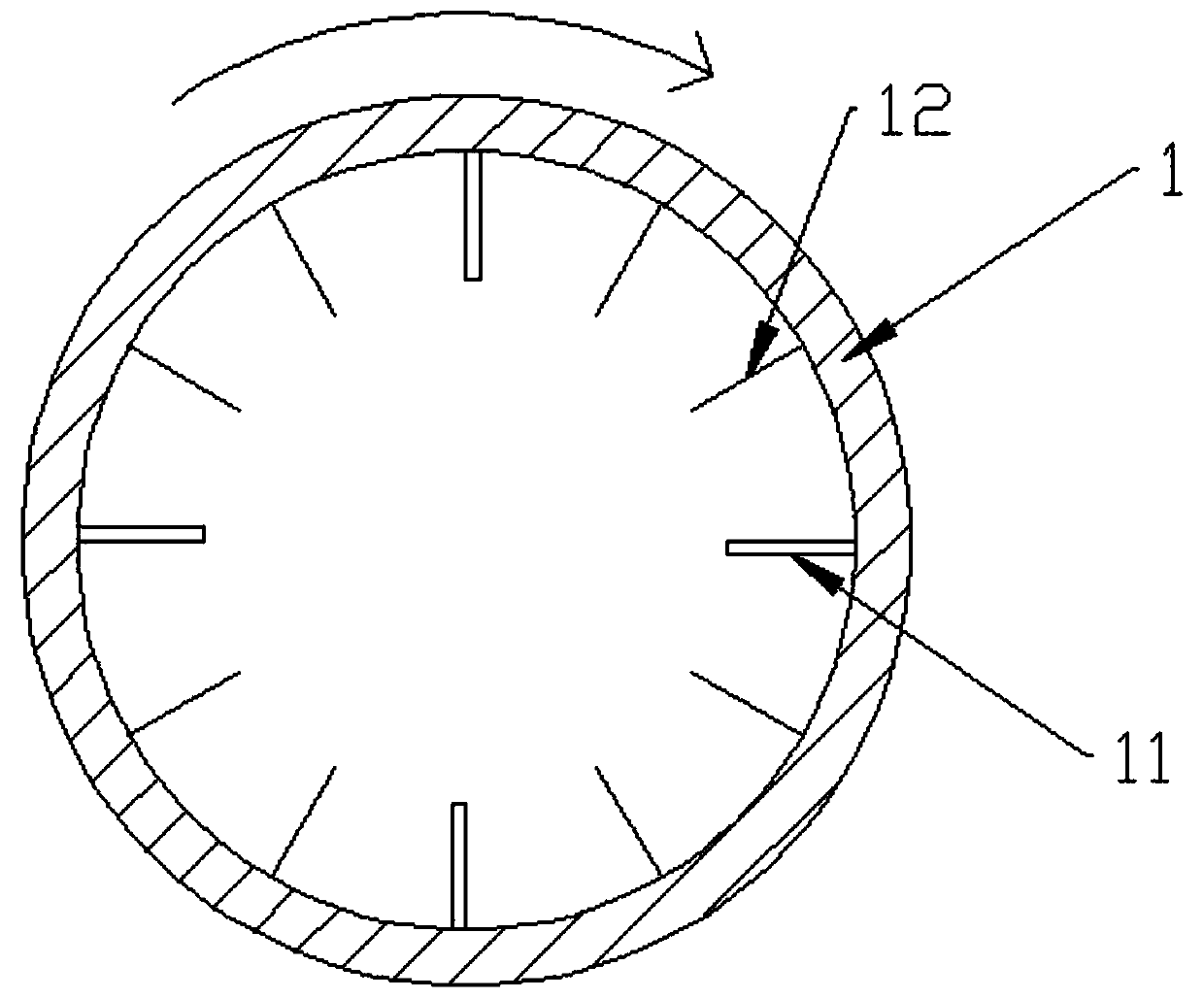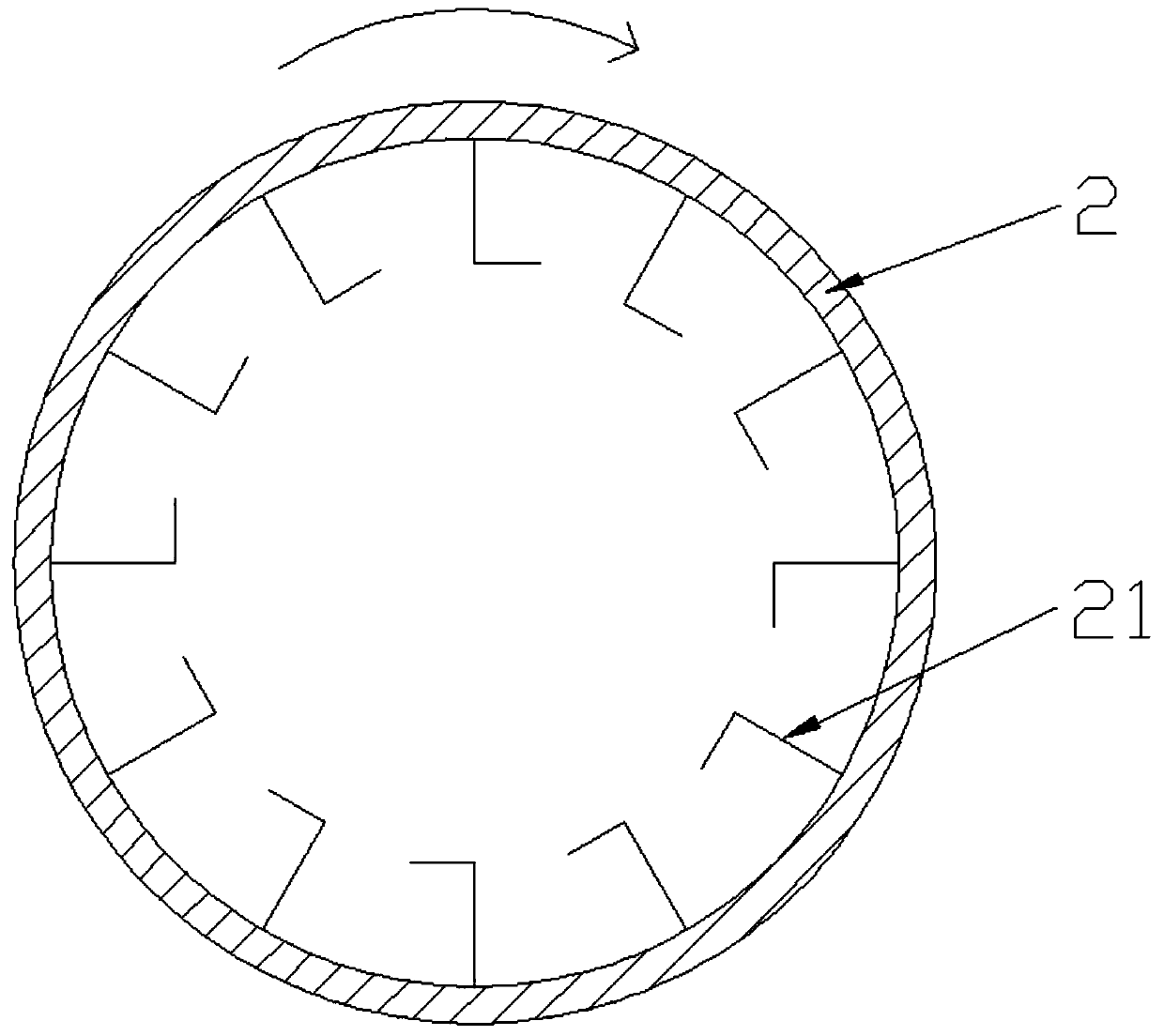A hydrogenation catalyst activity recovery and sulfidation method
A hydrogenation catalyst and activity recovery technology, applied in catalyst activation/preparation, chemical instruments and methods, physical/chemical process catalysts, etc., can solve the problem of low degree of improvement of regenerated catalyst activity, shorten the production cycle and ensure continuity , the effect of improving pore volume and its activity
- Summary
- Abstract
- Description
- Claims
- Application Information
AI Technical Summary
Problems solved by technology
Method used
Image
Examples
experiment example 1
[0102] During the experiment of the present invention, the inventors unexpectedly found that before the regeneration treatment of the catalyst, the use of acidic organic reagents and carboxylic acid esters for mixing and compounding to impregnate the deactivated catalyst not only redispersed the agglomerated active metal Open, and can effectively remove hydrocarbons and basic macromolecular groups remaining in the micropores of the hydrogenation catalyst, thereby increasing the pore volume of the catalyst.
[0103] The specific experimental process is as follows: the deactivated hydrogenation catalyst F-4 of the same batch is grouped, and the deactivated catalyst mass of each group is 1kg; the untreated deactivated catalyst is used as the comparison group 1; The catalyst is comparative group 2; for the rest of the catalyst groups, different impregnating agents are used to impregnate the deactivated catalysts, and then the catalysts are regenerated by dry distillation and charco...
experiment example 2
[0111] During the experiment of the present invention, the inventors found that the acidic organic reagent and carboxylate were mixed and compounded to impregnate the deactivated catalyst, and the pore volume of the catalyst could be effectively increased by using microwaves of appropriate power.
[0112] The specific process is as follows: During the impregnation process, a microwave generator is installed on the reactor used for impregnation, and the power of the microwave generator is adjusted to 1kW. Every time it is turned on for 1 minute, it is turned off for 1 minute, and the catalyst in the reactor is subjected to microwave action for 2 hours. After the impregnation ends, the microwave generating device is turned off simultaneously; all the other operating steps, parameters, and conditions are the same as in Experimental Example 1; after charcoal regeneration, the pore volumes of each group of catalysts are detected one by one, and the experimental results are as shown i...
experiment example 3
[0120] During the experimental process of the present invention, the inventor unexpectedly found that before sulfurizing the catalyst after charcoal regeneration, use organic complexing agent and unsaturated organic solvent to mix and compound, especially organic complexing agent and conjugated When diolefins or unsaturated aliphatic carboxylic acid esters are mixed and compounded, the catalyst is impregnated, which not only makes the organic complexing agent fully dispersed in the micropores of the catalyst, but also fully contacts with the active center of the catalyst, which improves the activity of the catalyst and improves The specific gravity of the active center containing the lone pair of electrons in the catalyst makes it easier for the active center of the catalyst to form a covalent form, which can better promote the recovery of the activity of the catalyst, facilitate the subsequent sulfuration process, and improve the degree of catalyst activity recovery after sulfu...
PUM
 Login to View More
Login to View More Abstract
Description
Claims
Application Information
 Login to View More
Login to View More - R&D
- Intellectual Property
- Life Sciences
- Materials
- Tech Scout
- Unparalleled Data Quality
- Higher Quality Content
- 60% Fewer Hallucinations
Browse by: Latest US Patents, China's latest patents, Technical Efficacy Thesaurus, Application Domain, Technology Topic, Popular Technical Reports.
© 2025 PatSnap. All rights reserved.Legal|Privacy policy|Modern Slavery Act Transparency Statement|Sitemap|About US| Contact US: help@patsnap.com



